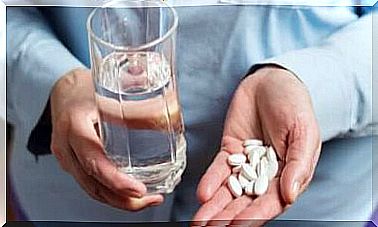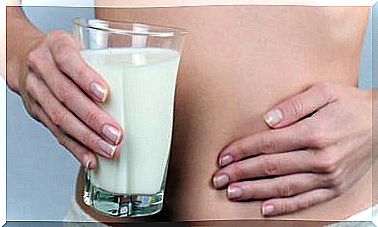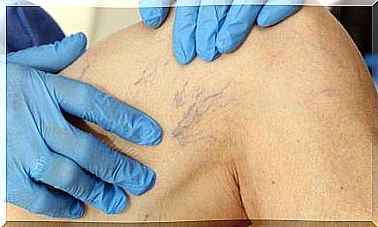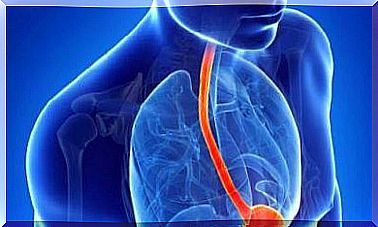Sudden Cardiac Death In Sports: Causes And Prevention
The prevention of sudden death in sports has become a scientifically relevant topic in recent years. In addition, cardiologists in particular are involved in the search for early detection methods to prevent this tragic event.
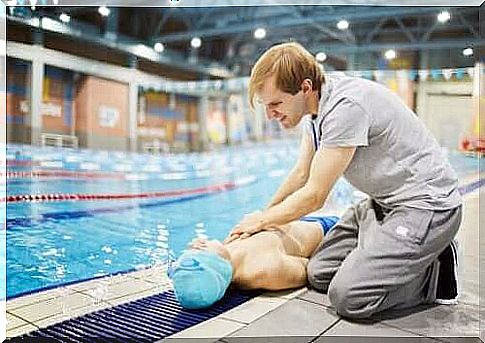
News of athletes who died while playing sport has spread on social networks and numerous websites. Therefore , in different ways, many specialists have started to discuss methods that can be used to prevent sudden cardiac death while exercising.
But is that possible? Is there really a way to detect this problem in time to prevent a fatal outcome? If so, shouldn’t these be the same measures doctors use for the general population?
In today’s article we will look at what causes sudden cardiac death while exercising and what preventive measures can be taken.
Sudden Cardiac Death While Exercising: Some Facts
Sudden cardiac death, whenever it occurs, is an event in which the heart of a previously healthy person suddenly stops beating while that person is exercising.
However, during an autopsy on these people, experts usually find that something was wrong.
If we look at athletes as a general group then there are no significant differences in cases compared to the rest of the population. However, the incidence is increasing among those who engage in vigorous physical activity, and there is one sudden cardiac death per 100,000 population in this group.
In addition, the records say that most of these deaths occur in the spring and afternoon. These are the usual times when most competitions are held around the world.
If an athlete dies while exercising without an apparent cause of death, up to 99% of the time, cardiovascular disease is hidden behind it. This depends to a large extent on the age of the person affected, because the risk is practically non-existent up to the age of 35. However, the numbers in the elderly population can rise to a death rate of one per 18,000 residents.

Sudden cardiac death while exercising: causes
When sudden death occurs, whether in sport or in any other situation, ventricular fibrillation causes a life-threatening arrhythmia. In this condition, the lower part of the heart (the ventricles) beats irregularly and the organ is unable to supply blood to the tissues.
Atheromatous plaques were identified as the main cause during the autopsy of the patients. This is a collection of blood clots on the arteries made up of blood cells, platelets, fibrous tissue, and cholesterol.
Experts suspect that when exercising, the atheromatous plaques break open and blood flow is abruptly blocked. When this occurs in the coronary arteries that supply the heart, they cut off the supply of oxygen and nutrients. The end result is cell necrosis – cell death.
To a lesser extent, there may also be certain hereditary causes that can also cause sudden cardiac death while exercising. However, these can often be identified in good time with an electrocardiogram.
Two of the most well-known genetic pre-existing conditions that could cause sudden cardiac death while exercising are the following:
- Arrhythmogenic cardiomyopathy. The cells of the heart degenerate and are converted from muscle to fat. In the long run, these areas of the heart lose their functionality and cause repetitive arrhythmias, especially with intense exertion.
- Hypertrophy. In these patients, the heart wall becomes thicker and thicker. This makes it increasingly difficult for the blood to leave the ventricles and circulate throughout the body. Sudden death occurs when the heart cannot expand.
What can you do to prevent sudden cardiac death while exercising?
When you know the causes and ways in which sudden cardiac death occurs during exercise, it is important to consider how it can be prevented. The first step is practically always a physical examination of all athletes with the help of an electrocardiogram.
In fact, in many countries this examination is required by law before an athlete is accredited as a professional athlete. However, there is currently considerable scientific discussion of its purpose and effectiveness in this area. Although this test could be helpful in genetic and hereditary diseases , atheromatous plaques cannot be detected this way because they do not send out electrical impulses.
For this reason, more thorough medical examinations are currently under discussion, which should include more elements than just the electrocardiogram. Those responsible demand a good physical examination in modern laboratories and the possibility of special supplementary methods if there is any suspicion.
However, it should be noted that atheromatous plaques occur more frequently in older people and are not so easy to recognize. On the other hand, the same recommendations apply to athletes with regard to risk factors as to the general population. For this reason everyone should pay attention to the following guidelines:
- Avoid Obesity
- Regulation of blood pressure and blood sugar levels
- Lower bad cholesterol
- Follow a healthy diet
- Avoid alcohol and tobacco
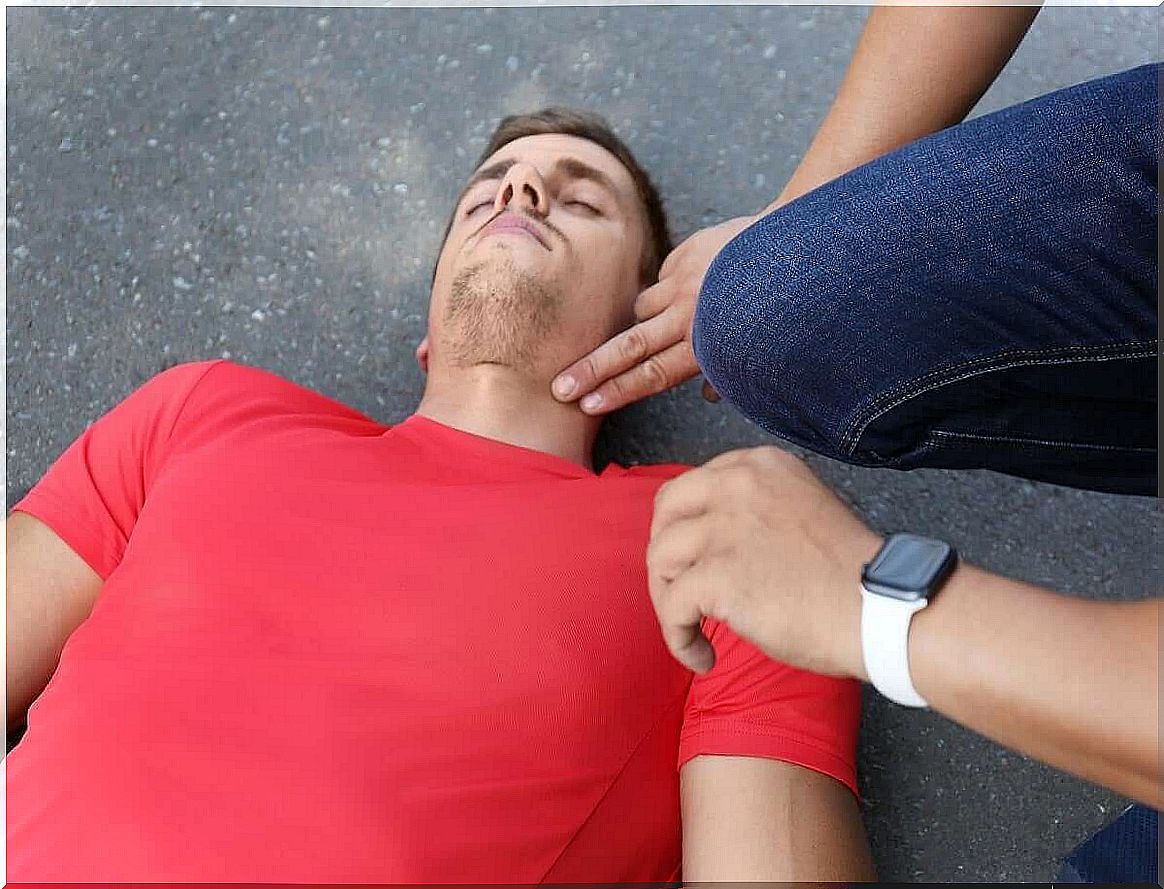
Prevention on a social level
Automatic defibrillators should be available in all sports facilities. In addition, the staff must be familiar with the basic steps for cardiopulmonary rehabilitation. Likewise, coaches and referees should be trained in resuscitation.
A warning system is essential. Uniform guidelines for notifying emergency services are essential in sports and other public facilities. Employees need to know how to behave in an emergency in order to act quickly and precisely. This should be clear in every gym and stadium. In addition, the respective tasks and responsibilities must be clarified so that everyone knows which measures must be taken in an emergency.
Sudden cardiac death while exercising is not a great risk, but there is …
If we look at the numbers, we can say that the incidence of sudden deaths in sports is inherently low. And maybe it is also low for the entire population. However, the numbers in the group of those over fifty who exercise intensely are significant.
Because of this, this age group needs to be extremely careful. These athletes need to be checked regularly and taken seriously – rather than just a formality. Physicians should perform any necessary ancillary methods and evaluate them in the context of the patient concerned.
There is also a general responsibility in society, especially for sports centers and those who organize sporting events. Defibrillators in visible areas, health education training on the subject, and procedures to be followed in an emergency are all elements that can help reduce the problem.


